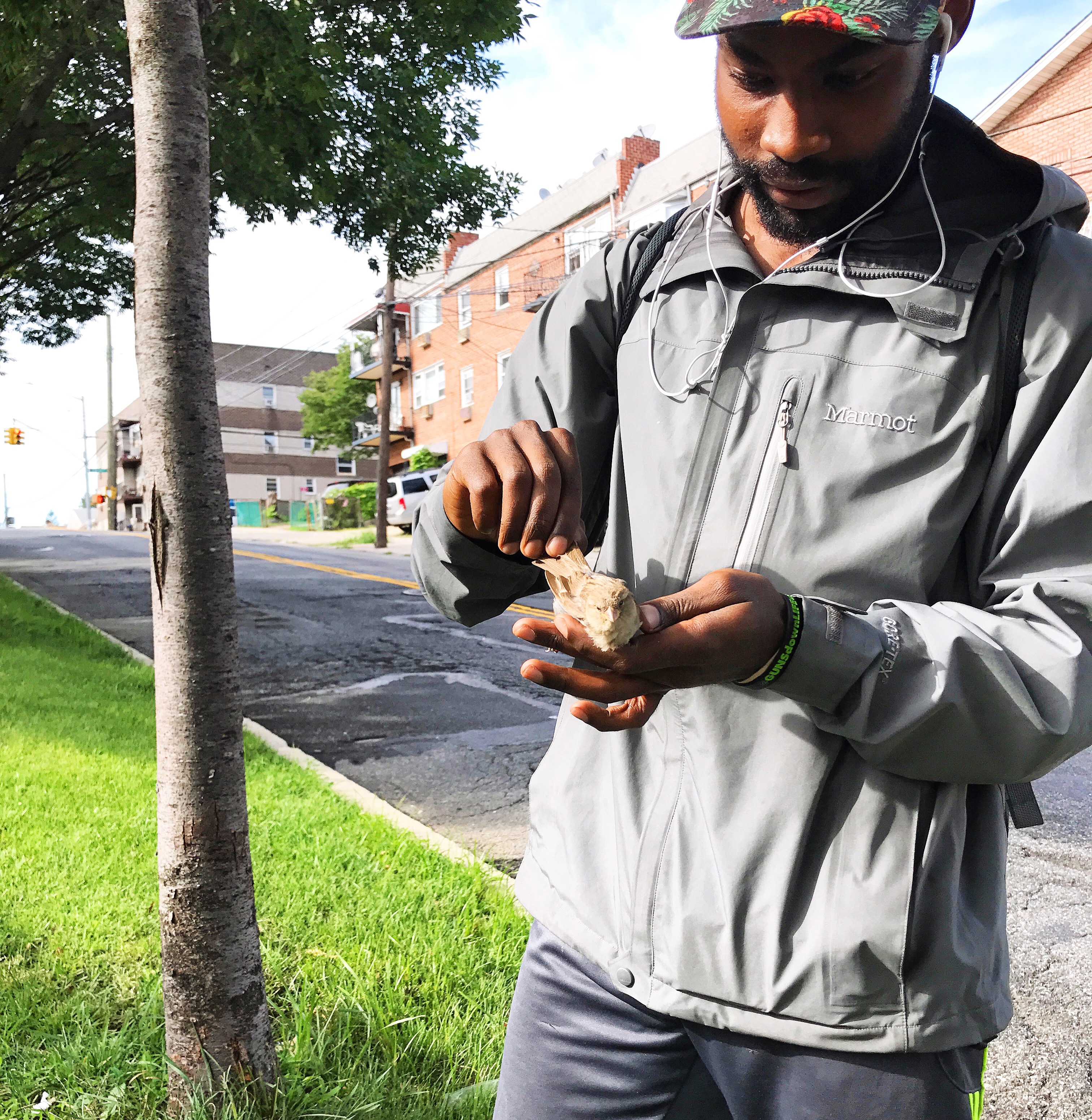Dialogue with a Swami: The Teaching of Zen Master Seung Sahn

One day at the Zen center, a student approaches the swami, (also known as a yogi, amongst other names) and says to the guru; “So-and-so has diabetes.”
And the teacher replies, “Oh, that’s too bad…every day you should walk two miles. That is sure to help.”
Then the student says, “How should I keep my mind during yoga?”
“You should merge with the mind into the inner self,” the swami responded, “and the mind should be without any objects.” (By that, he’s saying without interference, without hindrance–through the practice of meditation or mindfulness.)
The swami goes on to say, “When the mind goes within,—into the inner self, it becomes one with the inner self. But when it comes out, for that time it is separate.”
Now let that sink in for a bit…
When it goes inside, it becomes the self, and when it is outside, it does things in the world.
Do you get it?

The swami says “When the mind takes the form of outside objects it becomes the mind. But when it goes inside and forgets all objects, it again becomes the self and the consciousness.” (This is deep stuff, ladies and gentlemen. The mind is no separate entity. it is nothing but the consciousness itself.)
Dialogue continues:
The student remarks, “I understand that you are a great man. But you don’t understand. So you are a child.” The swami responds, “There is no question of great or small. But when we talk, we should use words and sentences in such a way that in our daily life, in worldly dealings, they will have some meaning. It must be explicit, from big to small. Both children and grownups should be able to understand them.”
From big to small.

This apple is made by thinking. It does not say, ‘I am an apple.’ People call it an apple.
Therefore, it is made by thinking.”
To understand the bloody apple, you must first eat it.
The swami reminds the student that, “all words are not necessary.”
One’s philosophy should be practical.
Our daily life and philosophy should not be separate; they should be one.
The student then says “I am not a philosopher. I am not a scientist. I am not a Buddhist.”
“Then what is your purpose?” replies the swami.
“You already understand.”
The swami looked at his watch and said, “I must go now. We will talk later.
“You know, It’s not difficult to talk to you.” acknowledges the student.
Then, laughing, the swami said “Since you’re not a philosopher, I will give you an apple,” and handed the apprentice an apple.
The apprentice handed it back and said, “I will give it to you.”
The swami says in response, “I am happy both ways, either to give or to receive.”
Then the apprentice says “Thank you very much.”
…
Final Thoughts
This story was an excerpt from the classic Zen book, Dropping Ashes on the Buddha. I’ve remasted it, making it easier to read, and comprehensible.
I thank you for being here, and till next time, have a blessed day.



